Science often highlights and praises social animals, but what about solitary animals?
Many animals that are loners out there have impressive skills and habits worth learning about.
In today’s article, we will talk about 19 incredible solitary creatures and their habits. But first, let’s talk about why these animals are solitary.
Why Are There Solitary Animals? What Are the Advantages?
As incredibly social animals, it might be challenging for us humans to understand why some creatures in the animal kingdom would choose to be alone.
Still, these species find far more benefits in leading a loner life than living in a group of animals.
For the most part, these creatures will only be in other animals’ company for courtship, mating, and, in some cases, hunting.
Some benefits of being a solitary animal include only having to hunt for themselves instead of a whole group, not needing to share whatever resources they may have, having exclusive territories, and having a lower risk of spreading diseases.
19 of the Most Solitary Animals in the World
Here’s a fun list of animals that are solitary or animals that live alone but may interact with others during hunting and mating. We divided the animals by continent.
Lonely Animals From Oceania
Platypus
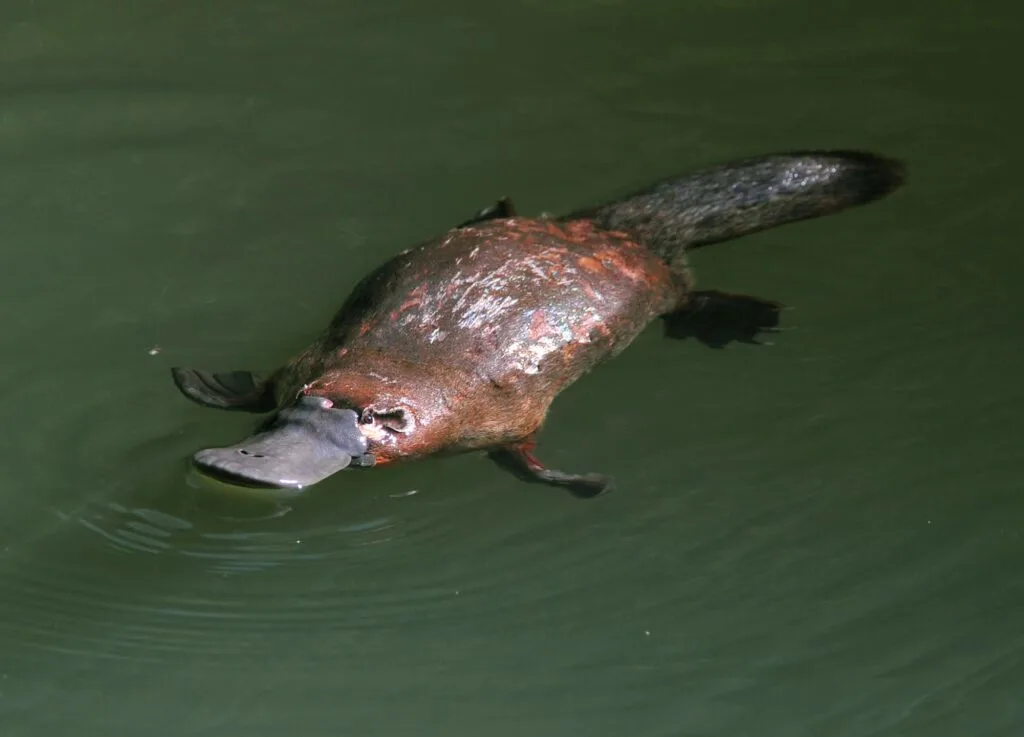
The first on our list of solitary animals is the shy and bizarre-looking platypus (Ornithorhynchus anatinus).
With a duck-like beak, a beaver-like tail, and a furry otter-like body, this Australian mammal looks like a combination of 3 different animals.
They spend most of their lives alone – either looking for crustaceans and insects in streams and rivers or resting in their burrows dug close to the banks of the water body.
These are one of the very few venomous mammal species in the world – the ankle spurs on each hind foot of male platypuses can secrete venom.
Tasmanian Devil
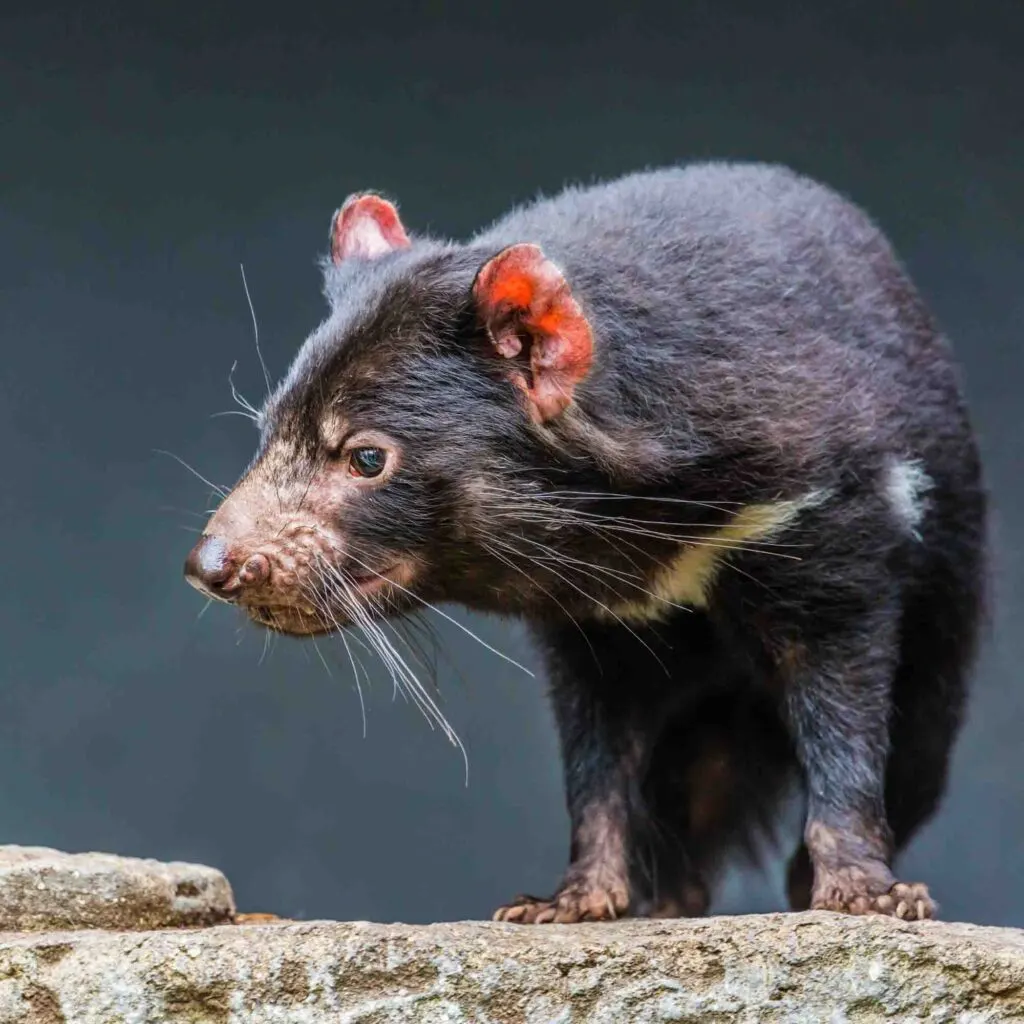
Tasmanian devils (Sarcophilus harrisii) are famous apex predators of Tasmania, an island state in Australia.
These carnivorous marsupials are dog-like creatures that may hunt small kangaroos but prefer to eat carrion.
Tasmanian devils are usually solitary creatures that hunt alone using a strategy that combines ambush, quick assault, and a mighty bite per unit of body mass—one of the strongest in the animal kingdom.
Koala
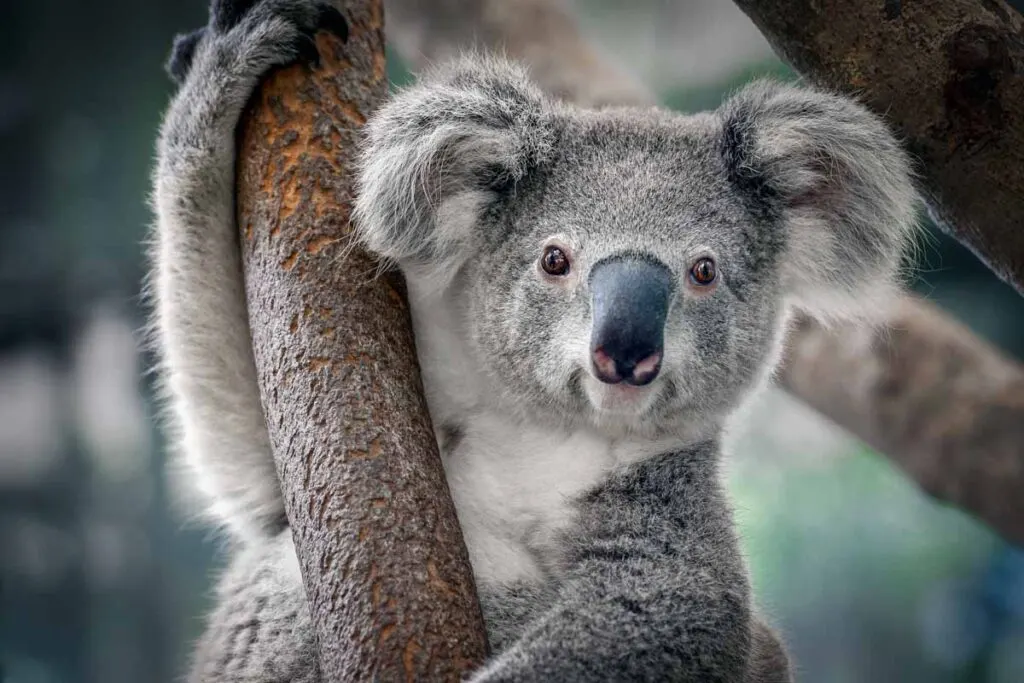
How can we forget the adorable koala (Phascolarctos cinereus) when making a list of animals that are loners?
These fluffy, tree-dwelling, and cute animals are part of the marsupial family and feed on a diet consisting largely of the leaves of the eucalyptus tree.
Although they are solitary animals, their home ranges often tend to overlap with those of other koalas.
While adult animals of this species can be highly territorial, they usually allow other members of the species into their territory during the breeding season.
More Solitary Animals in Oceania
Australian saltwater crocodile
Bush rat
Kakapo – not only one of the weirdest birds but also a flightless one
Solitary Animals From Africa
Aardvark
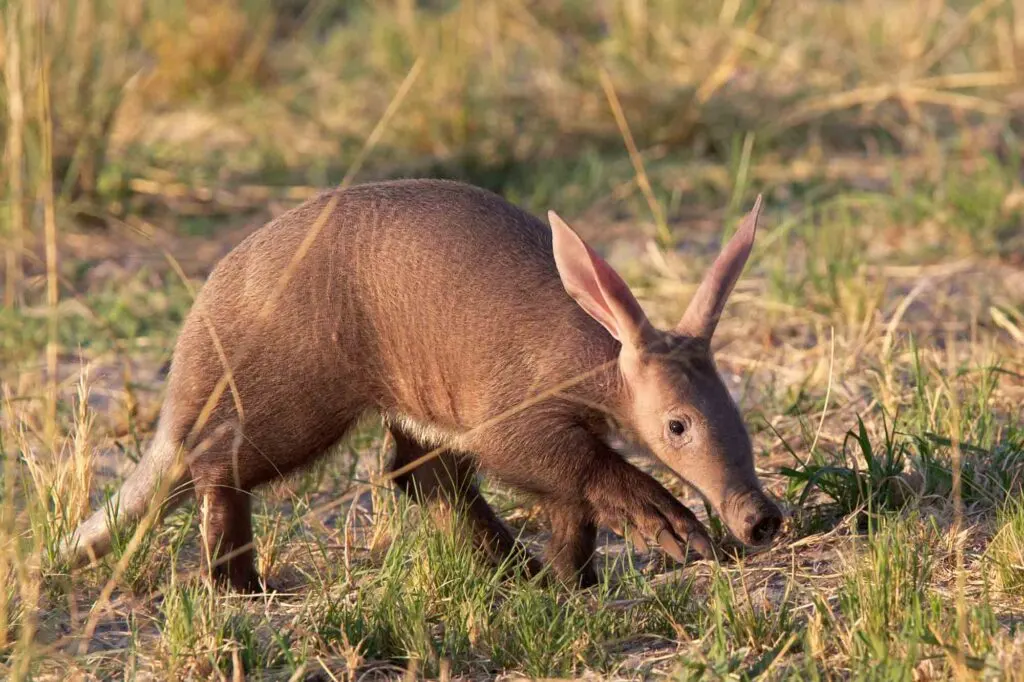
Aardvarks (Orycteropus afer) are medium-sized pig-like animals found in parts of Africa.
They are nocturnal mammals with a long snout which they use to feed on ants and termites.
They have powerful legs and sharp claws, which help them dig long burrows for themselves.
The burrows can be extensive, often being several meters long with multiple connected sleeping chambers. They are solitary, spending most of the day sleeping in their underground burrows.
Black Rhino
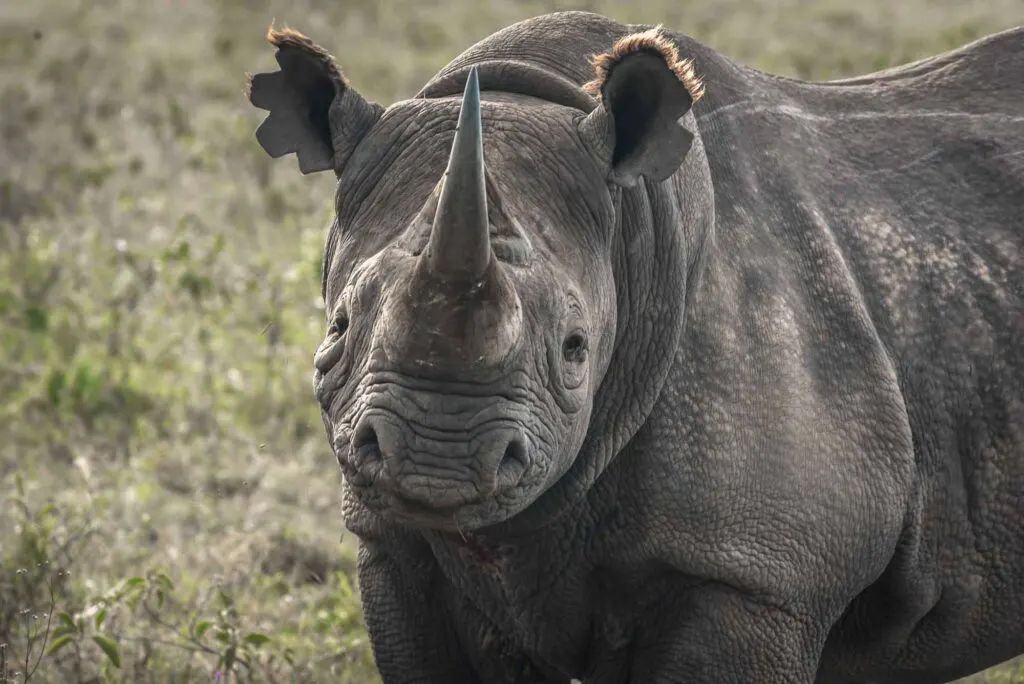
Native to the savannahs and grasslands of Africa, black rhinos (Diceros bicornis) are the smaller of the two rhinoceros species found in Africa but still are among the most dangerous animals on the continent.
Contrary to their names, these animals usually are gray or brownish in color. They can be easily distinguished from the white rhino by their prominently hooked upper lip.
Adult males lead a largely solitary life except when breeding and may be territorial.
Females tend to live with their offspring for years, protecting them until they are ready to survive independently.
More Solitary Animals in Africa
Leopard – a skillful wild cat of Africa and one of the big five animals
Komodo dragon
Cheetah – the fastest land animal
Black mamba – one of the most venomous snakes on the continent
Honey badger
Deathstalker scorpion – the most venomous scorpion in the world
Independent Animals From Asia
Snow Leopard
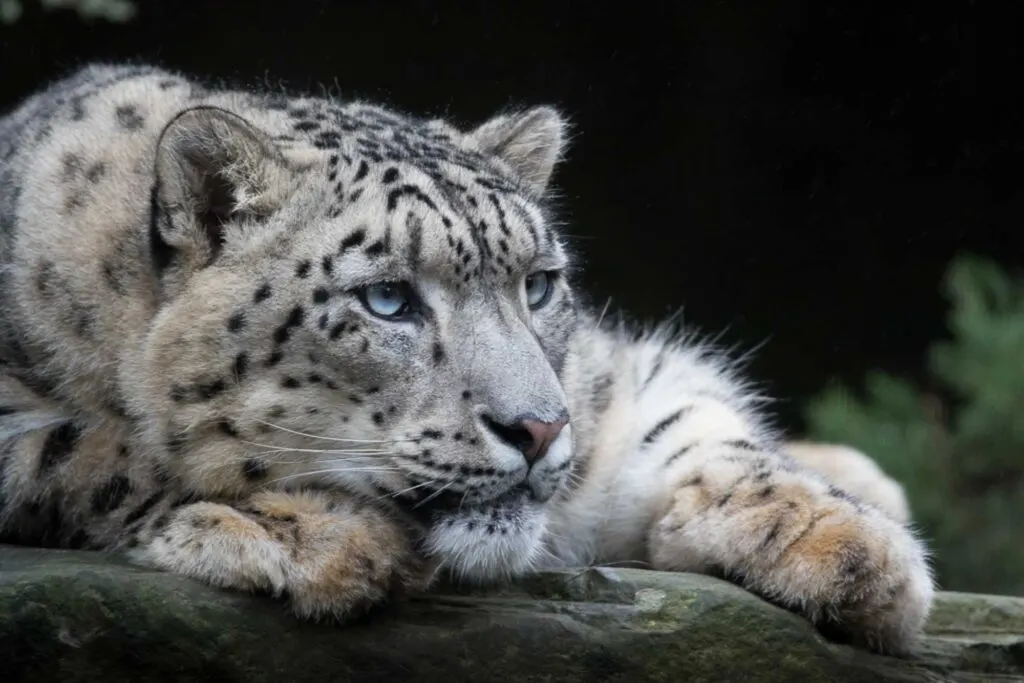
Native to mountain ranges of south and central Asia, snow leopards (Panthera uncia) have whitish-grey fur with several black markings all over the body.
They are solitary animals, spending their time resting or hunting alone within their own territories.
It’s rare to see two adult snow leopards together except during the mating season. However, cubs tend to stay with their mothers till they are around 22 months old.
At present, snow leopards are a vulnerable species, mainly due to illegal poaching, climate change, and loss of habitat.
Bengal Tiger
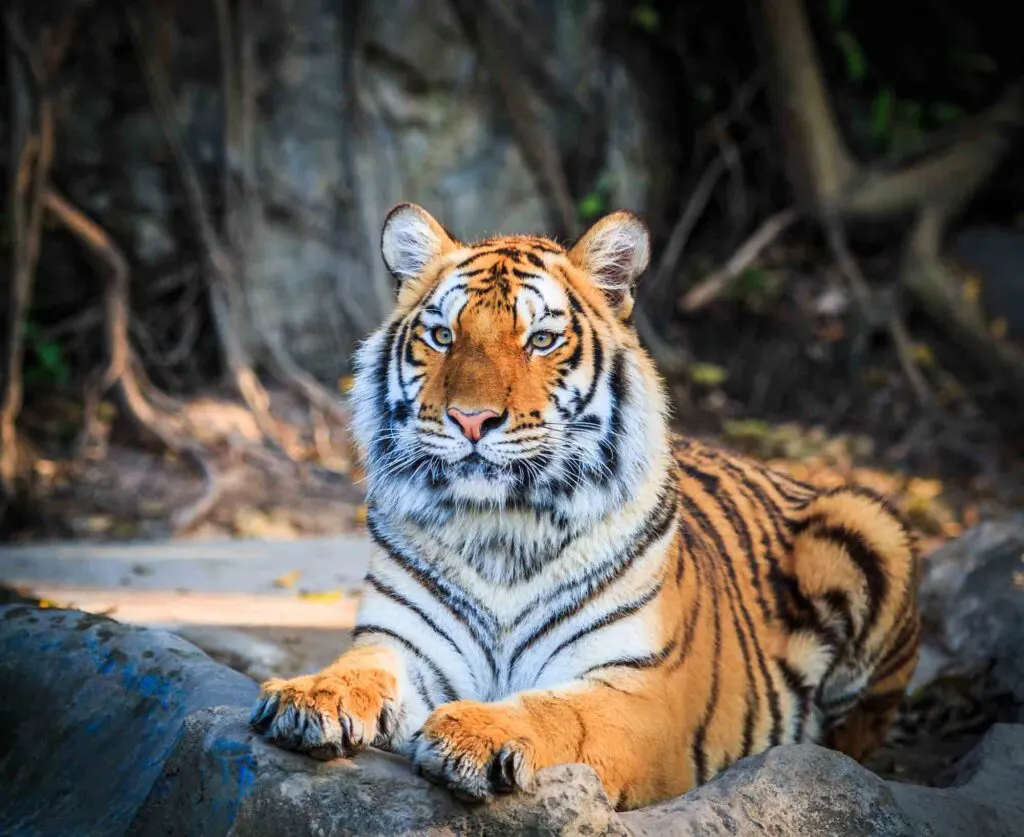
The majestic Bengal tiger (Panthera tigris tigris) is next on our list of solitary animals. Native to the Indian subcontinent, these apex predators are the largest cat species.
These Asian wild cats have yellowish-orange coats covered with dark striped patterns that are unique to each individual.
Other than the female tigers who live together with their cubs, adult Bengal tigers lead a solitary life.
They are nocturnal hunters who usually stay within their own territories and won’t hesitate to aggressively defend their territory from another intruder.
Giant Panda
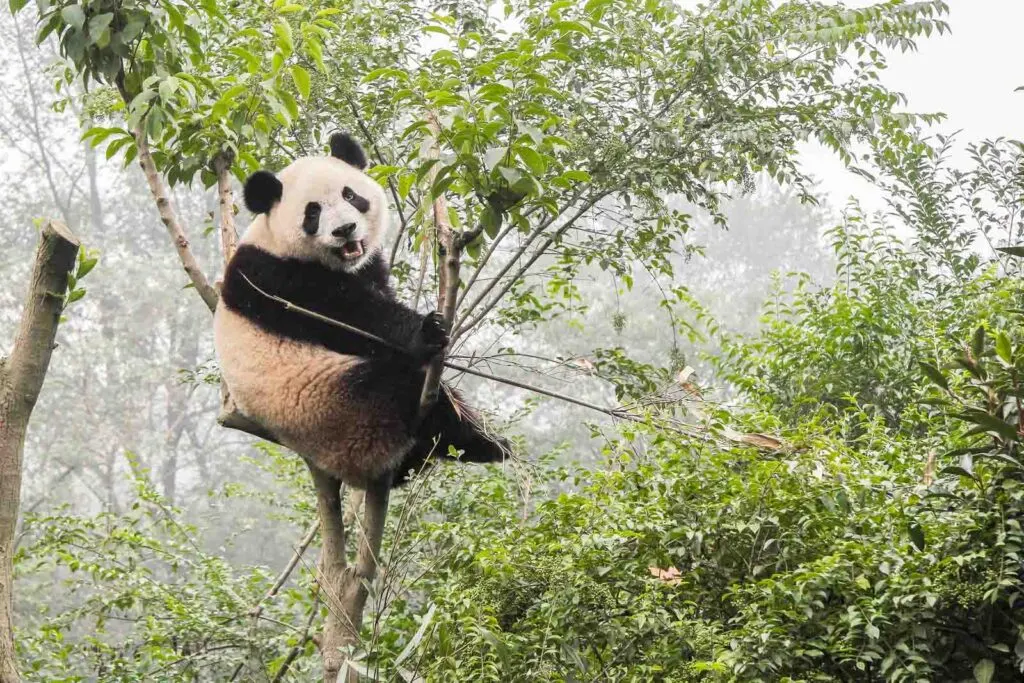
Native to China, giant pandas (Ailuropoda melanoleuca) are a bear species with a furry black and white body.
One of the rarest mammals in the world, giant pandas live on a diet consisting almost exclusively of bamboo leaves and shoots.
Giant panda bears are excellent climbers, spending most of their time feeding high up on the trees. Adult pandas are solitary, each living within a well-defined, although sometimes overlapping, range.
Giant panda cubs are extremely tiny when born – measuring only around 1/800th of their mother’s weight at birth.
More Solitary Animals in Asia
Orangutan
Red panda
King cobra – one of the fastest snakes
South American Animals That Are Independent
Jaguar
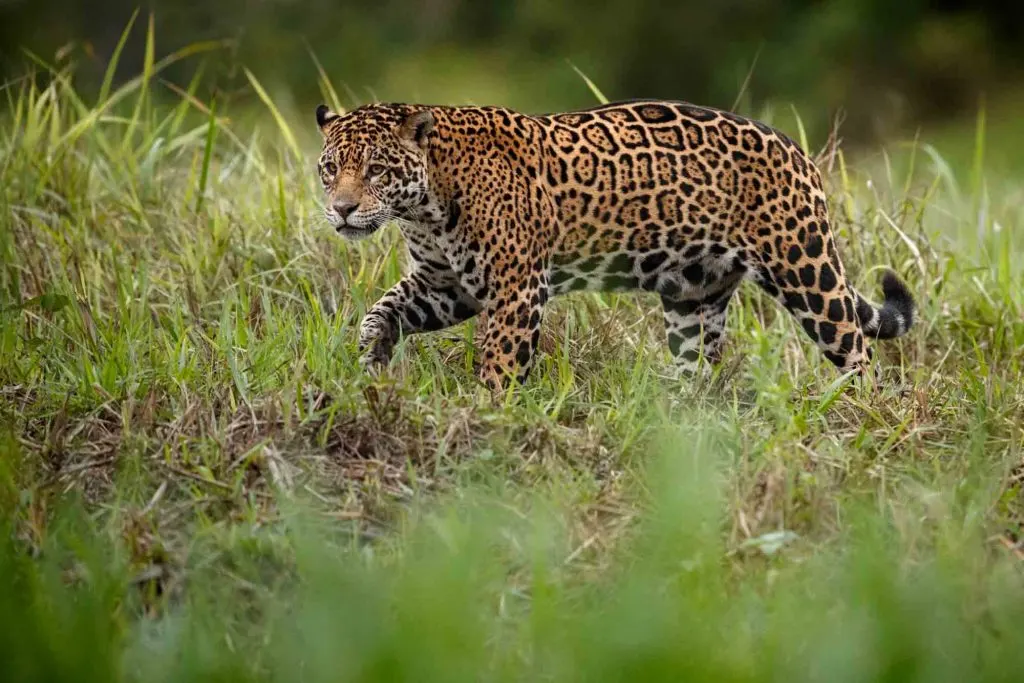
The third-largest wild cat species in the world, adult jaguars (Panthera onca), can grow up to over 6 feet in length.
Their coats range from pale yellow to tan in color and have distinctive markings all over their bodies.
These solitary animals are extremely territorial, using their urine, feces, or claw marks to define their home ranges.
On top of that, these South American wild cats are opportunistic hunters who ambush their prey with swift movements. They are excellent swimmers and have also been observed attacking crocodiles in the water.
Kinkajou
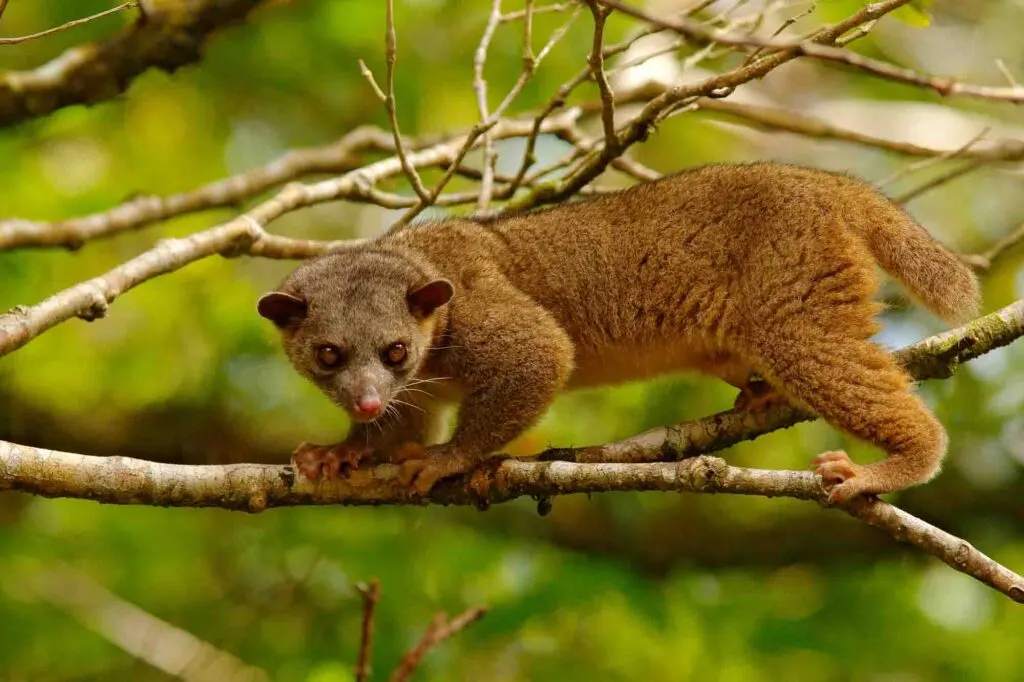
A member of the raccoon family, kinkajous (Potos flavus) are also known as honey bears due to their love for honey; they can often be found raiding bee hives to lap up the golden honey using their long tongues.
While these animals prefer spending most of their time alone, they may join other individuals to form small groups while foraging.
They are nocturnal animals and follow an omnivorous diet consisting of fruits, insects, and occasionally smaller vertebrates.
More Solitary Animals in South America
Cane toad
Anaconda
Maned wolf
North American Animals That Are Loners
Chuckwalla Lizard
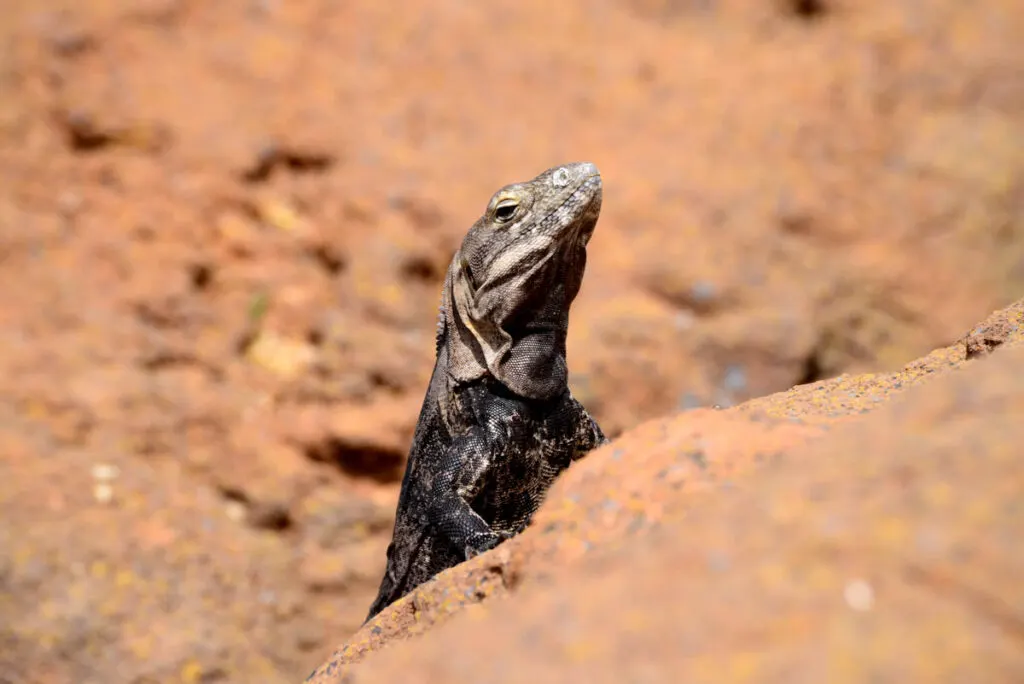
Chuckwallas are large lizards found predominantly in the deserts in northern Mexico and parts of the United States.
These reptiles can be identified by the presence of loose skin folds on their necks and sides.
They are solitary animals who live alone for most of their lives, only coming together during the breeding season.
Male lizards of this species are usually larger than females, often reaching a length of around 30 inches.
They follow a primarily herbivorous diet consisting of fruits, leaves, and flowers, although they may sometimes consume insects too.
Cottonmouth Snake
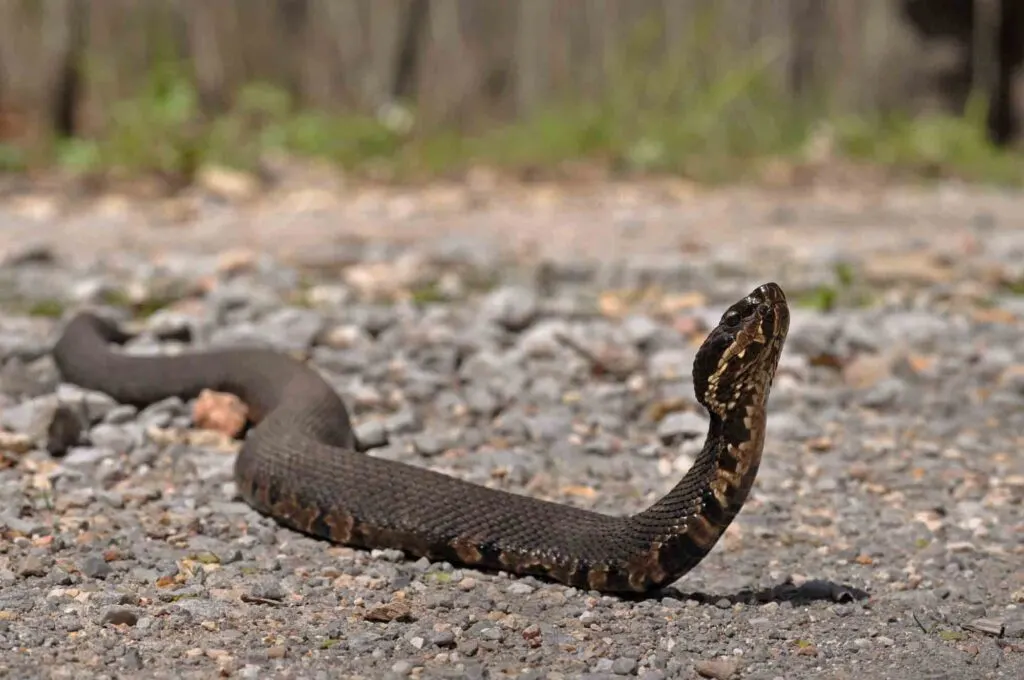
Native to the United States, cottonmouth snakes (Agkistrodon piscivorus) are highly venomous reptiles belonging to the family of pit vipers.
Also known as water moccasins, these snakes display the white-colored insides of their mouth when threatened, which has earned them their name.
They are semi-aquatic creatures – spending time both on dry land and in the water. These solitary snakes usually stay within their defined home ranges, only interacting with other members of their species for breeding.
Their diet consists of small birds, fishes, amphibians, insects, and eggs.
Desert Tortoise
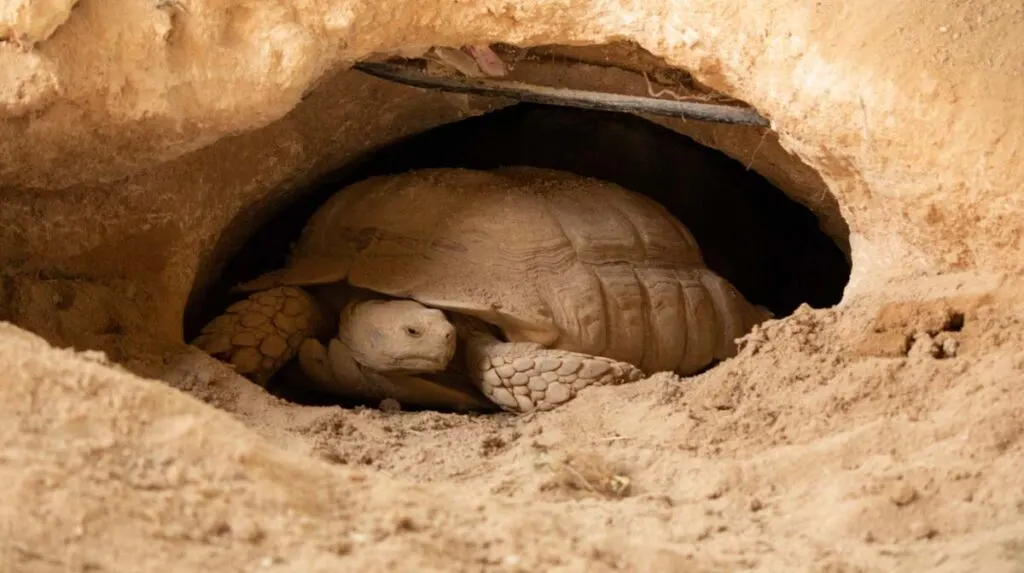
Native to the Mojave and Sonoran deserts in North America, desert tortoises (Gopherus agassizii) are slow-moving animals that spend most of their time in their burrows to escape the scorching heat.
They are herbivorous, feeding on a variety of shrubs, grasses, and cacti. While most desert tortoises tend to lead a solitary life, some have been found to share burrows with others.
These animals have an average lifespan between 30 to 50 years, although it’s not uncommon for individuals to live as long as 80 years.
Hawaiian Monk Seal
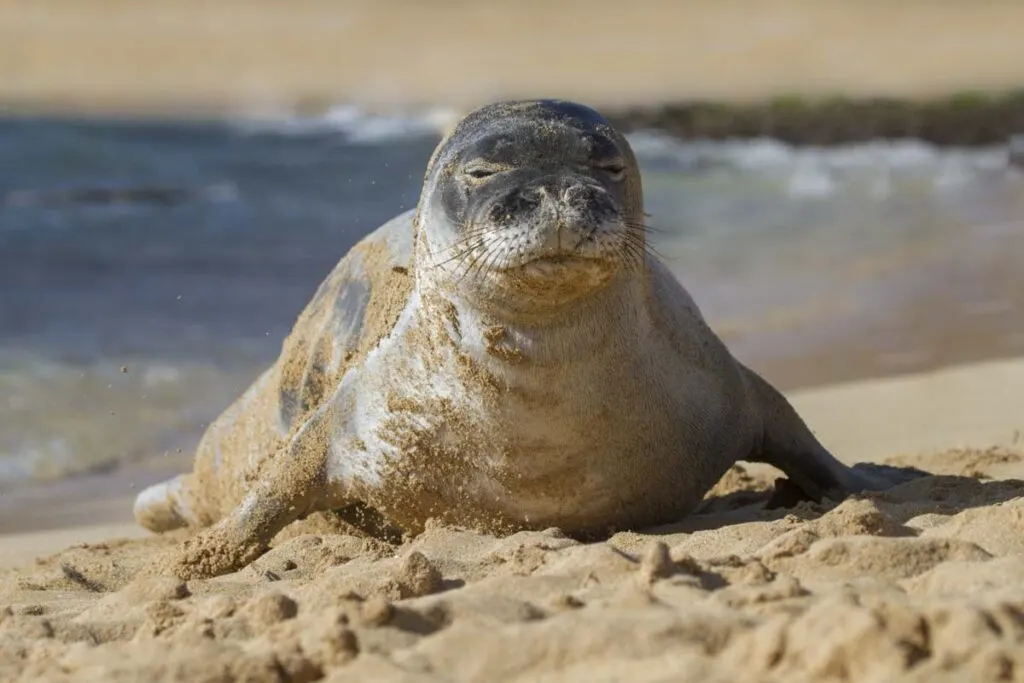
Native to the Hawaiian islands, Hawaiian monk seals (Neomonachus schauinslandi) are earless seals whose population is declining at a rapid rate.
Unlike other seals that are usually found in large colonies, these animals prefer a solitary lifestyle.
However, they can sometimes be observed sleeping or basking in small groups. Adults have nocturnal habits, while juveniles spend more time hunting species that hide in the sand or under rocks during the day.
Their diet consists of a variety of fish and other marine animals.
More Solitary Animals in North America
Bobcat
Bald eagle – one of the largest birds of prey that mate for life
Fisher
Kodiak bear
More Lonely Animals From Around The World
Moose
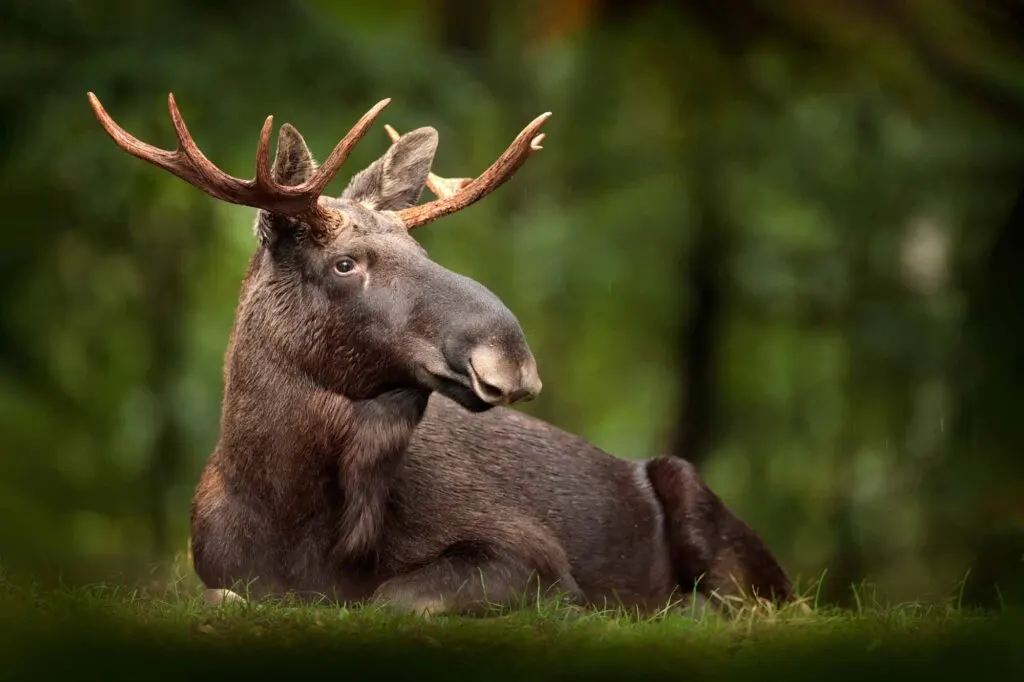
The moose (Alces alces) is the largest species in the deer family found on earth. The males of this species have large antlers, which they shed during winter.
They also have a hanging flap of skin known as dewlap under their chins, although the function of it isn’t known.
Unlike most other deer species, moose do not live in herds. Adult animals usually live solitary lives, coming together only during mating season.
However, sometimes multiple individuals can be observed sharing the same feeding areas.
Wolverine
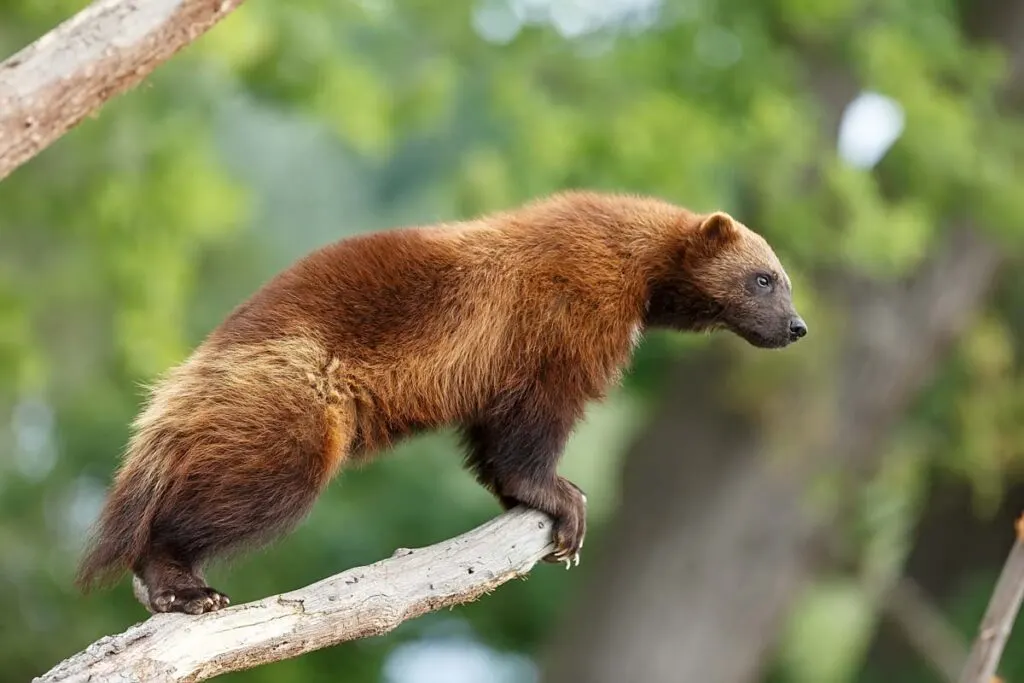
Wolverines (Gulo gulo) are muscular animals that are part of the weasel family, although they resemble bears.
These carnivorous mammals are strong and ferocious and are known to fight and kill prey much larger than themselves.
They are solitary hunters who are active at night, attacking both small and large prey, including deer, sheep, bison, and even smaller wolves. They also engage in scavenging.
Polar Bear
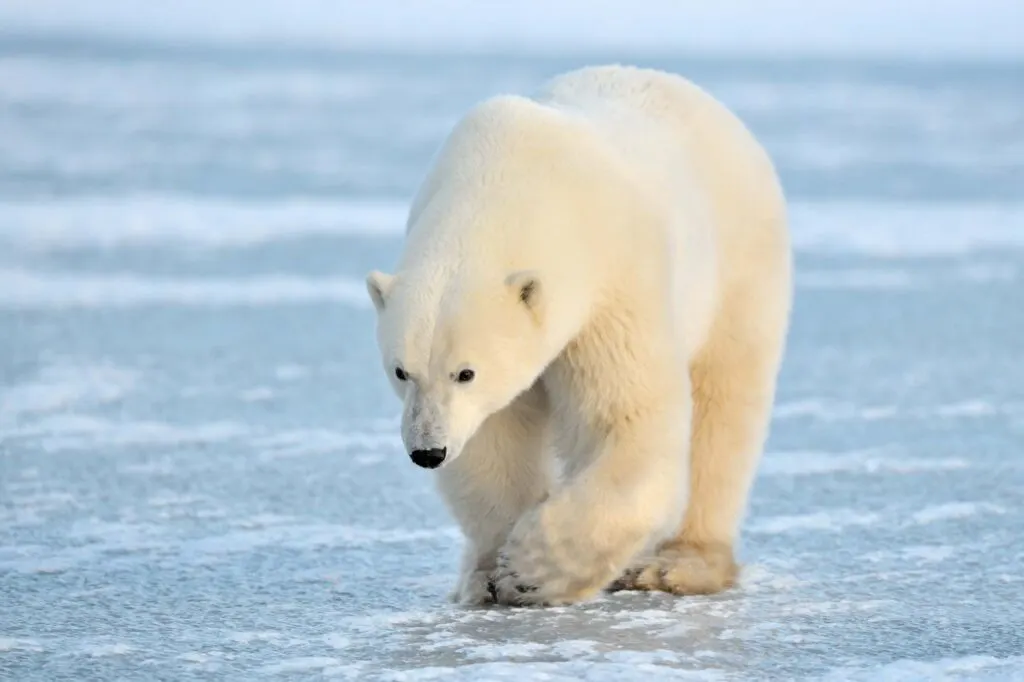
Native to the Arctic regions, the polar bear (Ursus maritimus) is the largest bear species alive on earth.
Related to the brown bear, these majestic animals have a thick layer of fat under their skin, which enables them to survive in freezing temperatures.
These Arctic animals lead a mostly solitary lifestyle, coming together only during the mating season.
However, polar bear cubs tend to stay with their mothers until they are around two and a half years old.
They are carnivorous and quite aggressive animals that spend almost half their time hunting seals in the freezing water.
Solitary Sandpiper
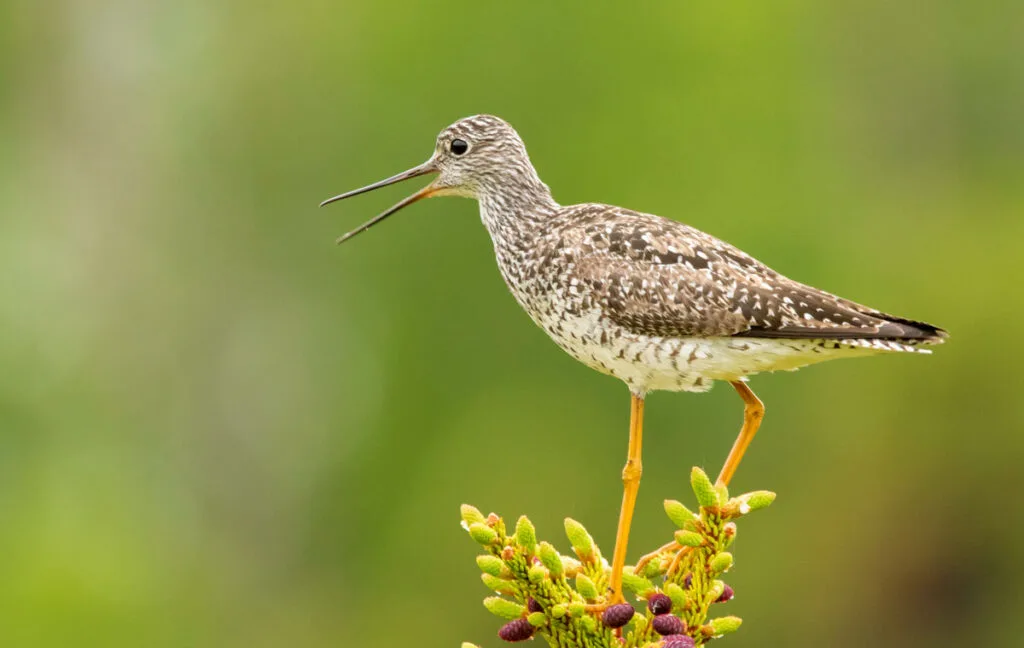
Next on our list of solitary animals is the solitary sandpiper (Tringa solitaria). These medium-sized birds have a mottled grey back with white underparts and are usually found foraging in freshwater habitats.
As can be determined by their name, these shy birds aren’t very social. In fact, it’s rare to find them in large flocks, even during migration.
Unlike most other sandpiper species, these birds do not lay their eggs in nests built on the ground.
Instead, they prefer to use old or abandoned nests built by other songbirds on trees near their feeding grounds.
Tiger Shark
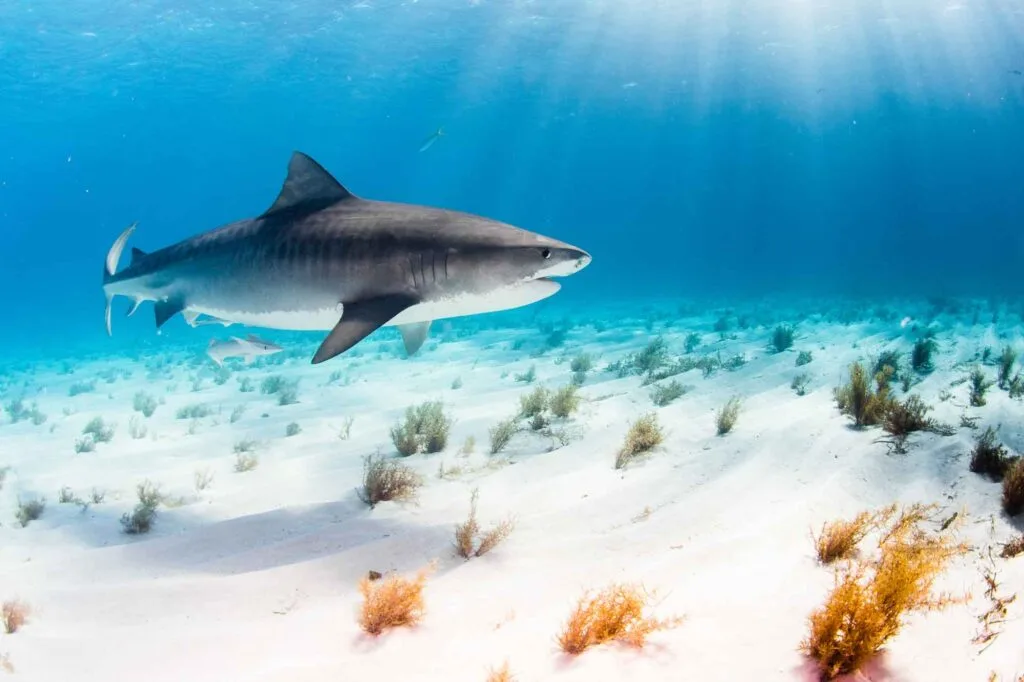
Last on our list of solitary animals is the tiger shark (Galeocerdo cuvier) – the second-largest predatory shark found on earth.
These large marine predators can reach a length of over 18 feet and weigh around 2,000 pounds or more. Usually, female tiger sharks are larger than males.
They are solitary hunters who are most active at night, preying on a wide range of fish, turtles, marine birds, seals, crustaceans, and dolphins.
Tiger sharks are an endangered species due to extensive hunting for their fins, liver, and flesh.
More Solitary Animals Around the World
Great horned owl
Arctic fox
Black widow – one of the most venomous spiders in the world
Final Words on Lonely Animals
These solitary creatures prefer to live and hunt on their own. They have adapted to their solitary lives and can manage pretty well alone, so why would they voluntarily give up on their exclusivities for a life in a group?
I will leave this thought-provoking question for you, and I hope to hear from you!
Did you like this list of solitary animals? Share it with your friends! Do you know other loner animals? Then drop their names below!
